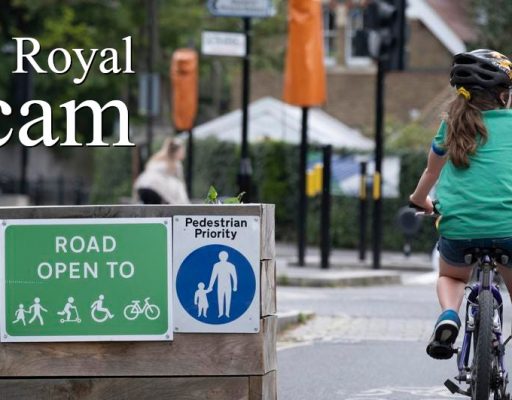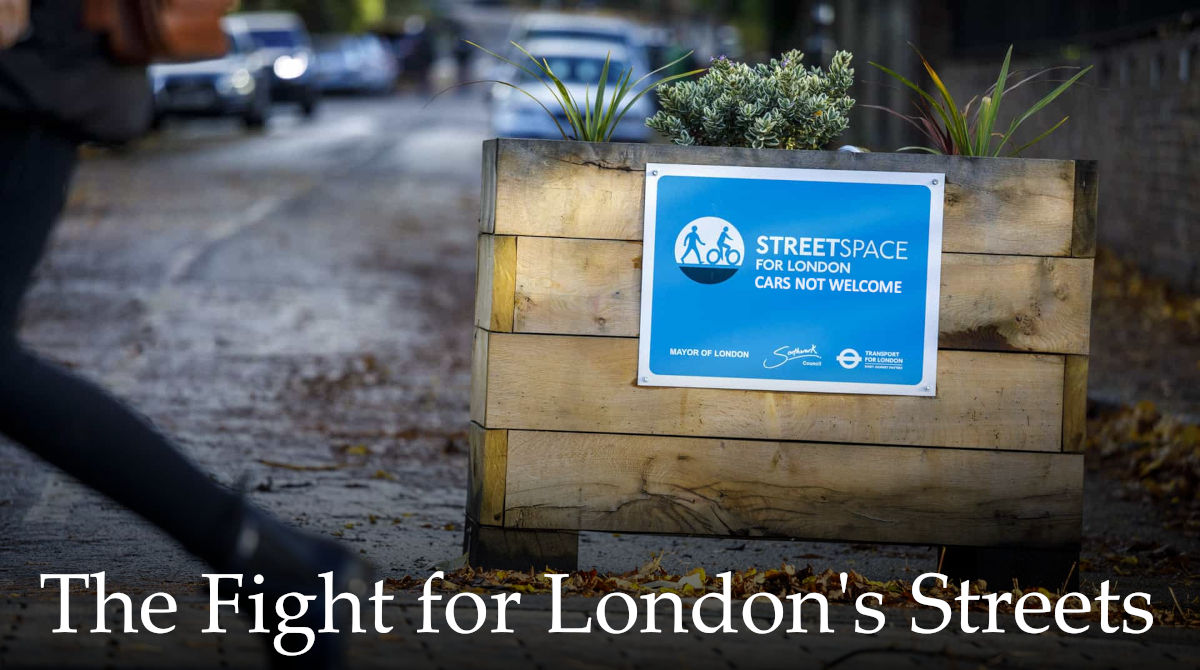When parents lose children to senseless road deaths it’s impossible to not feel sympathy. Consider Dennis and Jane Smith, parents of 1992 Olympian Darren Smith. The “Smurf From Surfers” as he was affectionately known, was cycling back from Brisbane to his parent’s home on the Gold Coast 3 weeks after the 1992 Olympics when he was tragically collected by a heavy truck on the 100kph Pacific Highway near Yatala. Universally regarded as loving parents and fine people, to this day the unfairness and senselessness remains a source of incalculable sympathy for everyone who knew Darren Smith’s parents, and it will never go away.
Which brings us to Graeme and Trudi Lowndes, another lovely couple who are still grieving their son Jason – a representative cyclist killed by a motor vehicle while training a few days before Christmas in 2017. Think about that for a moment. You’re planning for the Christmas New Year week, you have family members coming from all over the country to share a family Christmas and your 23 year old son is killed just as everyone starts arriving. Perhaps only another married couple like Dennis and Jane Smith could ever truly understand the heartache of losing a son in those circumstances. For the rest of us it would be an unimaginable source of tragedy.
By all reports Jason Lowndes was an outstanding person. In his young life he had already represented Australia at a World Championships, his star was definitely on the rise as a promising professional in Europe and he was, by any definition, a handsome young man and a world class athlete. When Australia’s cycling community learned of his tragic passing, the response was universal anger and bitterness towards the driver of the car which collided with Jason.

Everybody was sure they knew exactly what happened in the Jason Lowndes case. Everyone was certain the driver would absolutely end up going to jail. Surely?
Soon after the fatal collision, cycling journalist Nick Squillari wrote in one of his columns “A car didn’t kill Jason Lowndes, a phone did.” And thus the “unofficial official narrative” quickly permeated Australia’s cycling community… “She was on the phone while she was driving, she was looking at her phone when she hit him…” Not unsurprisingly, in July 2018 (some 7 months after the tragedy) the Crown saw fit to prosecute Billie Rodda, the young woman behind the wheel of the car which struck Jason Lowndes on that terrible day.
Of course, all of this fuelled the sense of outrage among Australia’s cyclists. For example, on the “Safe Cycling Australia” Facebook Page, commentary was running white hot. It’s not stretching the truth to suggest Australia’s cyclists wanted Billie Rodda’s head on a platter. The problem of course is when the desire for vengeance clashes head-on with the right to a fair trial.
Perhaps the biggest fallacy cyclists use in these circumstances is when they lecture car drivers to “drive to the conditions.” Cyclists aren’t heavy rain, or fog, or snow. A cyclist riding in the middle of a lane on a 100kph road while unsighted around a tree lined bend is not a condition.
Geoff Baird, Single File Please
Australian cyclists hate it when motorists try to influence a trial. But they love to influence a trial themselves, if they can.
Whenever a highly controversial cycling fatality occurs, Australia’s cyclists like to think they’re involved but they’re not. In fact, they never are. The Billie Rodda trial involved nobody else but the Prosecution, the Defense, and the presiding Judge Wendy Wilmoth. Billie Rodda was entitled to a fair trial and Judge Wilmoth made sure she was going to get one, and with good reason. Consider Edward Hore from the Australian Cycling Alliance for example. During the Mike Hall inquest, Edward Hore did everything possible to appear as a star witness – the goal being to influence the outcome. Quite correctly, he was punted to the sidelines because he was nothing more than a commentator who mistakenly believed he had more influence than he actually did.
It should be noted Billie Rodda changed her plea during the proceedings. Initially in August 2018 her plea was “not guilty”. However, the proceedings were drawn out for an exceedingly long time. Not one, but two “sentence indication hearings” were held during the various mentions and callovers. After Billie Rodda changed her plea to guilty the expense and anguish of a fully blown Trial was spared. The remaining variable was sentencing, and THIS is the part which is now upsetting Australia’s cyclists. But the reality is Australia’s cyclists didn’t attend the nine pre-trial hearings during the proceedings, hearings which included in-depth examinations of the crash investigation experts who were grilled to the full extent of the Victorian judicial system.

Essentially, Judge Wilmoth was faced with a question - what benefit to society would there be if Billie Rodda was incarcerated?
By September 2019 there was nothing more to learn about Billie Rodda herself. She was essentially a model driver with zero driving history, she had no drugs or alcohol in her system, there was no evidence found by the crash investigation team to suggest she was speeding or positioned anywhere other than in the correct place in her lane. The prosecution accepted Jason Lowndes was riding 1.5 meters away from the fog line. The prosecution also accepted Jason was wearing predominantly black clothing in high contrasting shadows cast by overhanging trees. All of which created a dilemma within the mind of Judge Wilmoth regarding moral culpability.
While it's true Billie Rodda sent a phone text while driving one and a half minutes PRIOR to the moment of impact, the problem is the moment of impact didn't happen 2 kilometers earlier up the road.
Clearly there was no intent or criminal culpability in the form of intoxication, and thus we see the dilemma faced by Judge Wilmoth. What precisely IS the definition of dangerous driving? The crash investigation experts conceded Jason Lowndes would have been unsighted to any motorist who was more than 120m behind the moment of impact. Put another way, if Jason Lowndes had not been in the wrong place at the wrong time, there was no evidence to suggest Billie Rodda was driving dangerously.
Which brings us to the question – why are Australia’s cyclists so bitterly disappointed with the final sentencing?
Firstly, many cyclists share a belief which argues deterrence in the form of jail time absolutely equals safer cycling – and it doesn’t. It’s impossible to claim someone going to jail in South Australia will make someone in Queensland a better more attentive driver. It’s a fantasy – especially in circumstances where the Prosecution accepted Billie Rodda wasn’t breaking any road rules at the moment of impact. That’s the part cyclists don’t want to hear. The Prosecution accepted the facts of the matter, hence Judge Wilmoth had to as well.
Next, Australia’s cyclists simply can’t let go of the “unofficial narrative” they’ve been telling themselves ever since Nick Squillari first wrote about the fatal collision – namely, a car didn’t kill Jason Lowndes, a phone did. In the eyes of many cyclists Billie Rodda was “guilty until proven innocent“, and the belief a phone is what killed Jason Lowndes underpins a confirmation bias shared by many cyclists all over the globe – namely, young drivers are poor drivers. In particular, young female drivers are really poor drivers.
For most cyclists the only thing that matters is they like to ride bikes, and by extension car drivers should prioritise their presence over every other road user – but that’s not how the human eye works. For survival reasons the human eye is designed to prioritise movement which is a DANGER TO US, not the other way around. This is deeply built into our DNA. This is why, when we’re at intersections, we look for larger vehicles which can potentially kill us, not for cyclists who silently pull up in our blind spots. When we’re driving on a 100kph road it simply isn’t in our DNA to prioritise cyclists who are still unsighted around that next bend.
And then there’s modern ‘slogan thinking’. By far the dumbest thing which has crept into cycling rhetoric recently is when cyclists tell drivers to “drive to the conditions.” Seriously? Cyclists aren’t heavy rain, or fog, or snow. A cyclist riding in the middle of a road while unsighted around a tree lined bend is not a condition. There’s no pilot vehicle with a sign on the roof saying “CAUTION: CYCLISTS UP AHEAD”. Cyclists often appear in the eyes of a driver with very little warning, especially at night.
When cyclists tell drivers to “drive to the conditions” essentially they’re saying every motorist should slow down to 30kph on every bend on every 100kph road just *in case* an unsighted cyclist exists around that next bend. Motorists are fully entitled to reject that position as being ridiculously one-sided. This is why Judge Wilmoth stated Jason Lowndes contributed to his misfortune. It’s also the reason cycling advocates are so incensed by Judge Wilmoth’s findings. From their perspective cyclists NEVER contribute to their own misfortune, even when they ride on 100kph motorways.
Judge Wilmoth wasn’t tasked with making cyclists happy in her findings, she was tasked with reaching conclusions based on the evidence before her. It was clearly established Billie Rodda wasn’t holding a phone when her car hit Jason Lowndes. It doesn’t matter how many cyclists jump and down and claim “I know better than the Judge! Billie Rodda was using a phone when she hit Jason Lowdes!” It doesn’t matter how much denial gets thrown out there on social media. Judge Wilmoth had no alternative than to accept Billie Rodda was NOT distracted by a phone at the time of the collision because the prosecution informed her they too accepted that particular truth.











